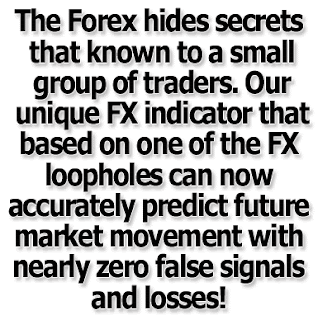I can vividly recount the advent of
online forex trading in Nigeria. If I am that correct, I can date it
back to 2006/2007. Laudable idea! Like any new business, Nigerians took
to it en masse. But regrettably, it was a rush in, rush out thing.
The bane actually was lack of technical,
experienced personnel to impart knowledge, direct and mentor trainee
traders. I could recall a trainee of mine whom without a month
experience opened a training centre on forex trading. He has crashed out
permanently now.
Forex trading is lucrative but it
requires sound knowledge and discipline. I am taking you through this
because I have a vision to really impart knowledge to the populace as a
contribution to self-empowerment programme and self-employment as well.
But what really brought about this
article is that when you decide to empower people, you directly or
indirectly empower yourself. The feedback is one of this. One of my
trainees over the weekend was on a website. A site I had shown them for
fundamental and technical analysis and also economic snippets that
affect forex market. He went under the education link and called me to
alert me about a forex expo called Lagos Forex Expo and Conference,
scheduled for the later part of this year. The first of its kind in
Nigeria in the commercial and financial hub of Lagos. He pressed on me
that he would like me to present a paper there as he sees my efforts in
advancing the course of forex trading in Nigeria.
I went to the site and looked up what
the expo will have for traders. But in the process, what struck me is
the statistics of traders given there, which I guess the organisers must
have done some serious homework to lay to that claim. It says there are
over 300,000 active traders in Nigeria. That is a staggering figure to
my amazement despite the hues and cries about online forex trading. With
Nigerians, I know the geometric progression of this figure will soon be
bloated. I also smiled to myself that I have been part of that
contribution in terms of the response this column has generated since
its debut.
Secondly, I read that the Securities and
Exchange Commission is giving a backing. That will put a paid stamp to
doubtful minds about the authenticity of forex trading in Nigeria and I
look forward in due time for foreign brokers to give more recognition to
us here in this part of the world, once our regulatory authorities come
up with rules and guidelines. The influx of brokers will be better for
our economy and will provide more jobs and opportunities.
Even though I do not hold the brief for
the upcoming Lagos Forex Expo organisers, as a trader/trainer/market
analyst and signal provider, I know it will do a lot of good to this
profession. The line-up of invitees will definitely shore up the image
of the career as it will bring together traders, trainers, agents,
brokers, investors, financial institutions, government agencies and many
others. The benefits will really be tapped into by a lot of Nigerians.
It will definitely be a good turn around. I wish the organisers well and
also congratulate those in this business/career for a ground breaking
event.
Market analysis for October 7,
2013 (as of the time of finishing this article.
Entries are at trader’s discretion and money management is advised).
Analysis discrepancies may result due to forecast time and economic
news.

